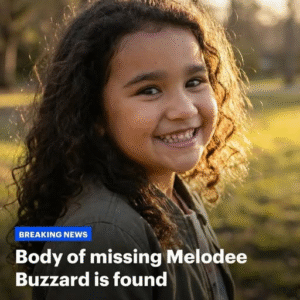Note: we are republishing this story, which originally made the news in May 2016.
A striking photo that surfaced online in 2016 sparked intense national debate and scrutiny after it showed a group of all-Black, all-female cadets at the U.S. Military Academy at West Point posing in their dress uniforms with raised fists. The image quickly went viral, with many people interpreting the gesture as a political statement tied to the Black Lives Matter movement. However, the raised fist is a powerful and longstanding symbol that predates any single organization. It has been used throughout history to signify solidarity, strength, and resistance—most notably by labor movements, civil rights activists, suffragists, and the Black Panthers.
The photo, which features 16 cadets standing on the steps of West Point, prompted a flurry of responses—some supportive and others deeply critical. The Army Times reported that they received the photo from concerned readers who believed the cadets may have breached military regulations, specifically Department of Defense Directive 1344.10. This directive outlines restrictions on political activity for members of the Armed Forces and advises against expressing partisan political views while in uniform. The gesture raised the question of whether these cadets had crossed a line into prohibited conduct.
One of the most vocal critics was John Burk, a former soldier turned motivational speaker, who shared the image on his Facebook page after reportedly being contacted by an active-duty service member. The anonymous source expressed worry that the cadets’ actions could result in serious disciplinary consequences under West Point’s stringent code of conduct.
“It’s a really touchy subject here,” the unnamed source told Burk, according to the Daily News. “We can get kicked out of West Point, or forced to repeat years for what is called a ‘respect board.’ They can be given just for making someone upset, so no one wants to get kicked out of college … over something like this.”
Burk’s post went viral within hours, attracting thousands of comments and sparking widespread outrage. While some commentators saw the cadets’ pose as a celebration of unity and heritage, others viewed it as an act of defiance or as an inappropriate political statement given their positions as future military officers.
“Equality means abiding by the same standards,” one commenter wrote. “Kick those WOMEN OUT!”
“All of these cadets should be expelled, immediately!” another user demanded.
Despite the controversy, at the time of the original reporting, the identities of the cadets in the photo had not been officially confirmed. It also remained unclear whether the U.S. Military Academy would take disciplinary action. Army officials noted that they were reviewing the situation thoroughly before making any decisions, emphasizing that the institution holds cadets to high standards of conduct and professionalism.
This incident ignited broader conversations about race, gender, and expression within the armed forces. It raised questions about how symbols are interpreted depending on the social and political climate—and who is permitted to use them without backlash. It also underscored the challenges faced by minority groups navigating institutions with long-standing traditions and strict codes of behavior.
While the raised fist has different meanings to different people, for many, the photo was a proud expression of identity and solidarity. For others, it represented a potential breach of military neutrality. Regardless of interpretation, the photo and the discussion that followed reflect how symbolism, especially in uniform, can resonate far beyond its original context.





